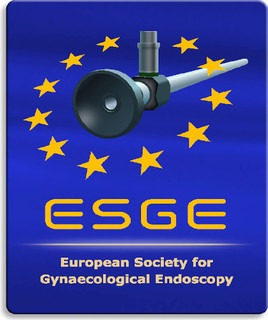Perspectives in adhesion prevention in gynaecological surgery
Adhesion prevention, adhesion barriers, haemostats, surgical technique
Published online: Dec 13 2023
Abstract
Adhesions are a frequent, clinically relevant, and often costly complication of surgery that can develop in any body location regardless of the type of surgical procedure. Adhesions result from surgical trauma inducing inflammatory and coagulation processes and to date cannot be entirely prevented. However, the extent of adhesion formation can be reduced by using good surgical technique and the use of anti-inflammatory drugs, haemostats, and barrier agents. Strategies are needed in the short-, medium- and longer-term to improve the prevention of adhesions. In the short-term, efforts are needed to increase the awareness amongst surgeons and patients about the potential risks and burden of surgically induced adhesions. To aid this in the medium- term, a risk score to identify patients at high risk of adhesion formation is being developed and validated. Furthermore, available potentially preventive measures need to be highlighted. Both clinical and health economic evaluations need to be undertaken to support the broad adoption of such measures. In the longer- term, a greater understanding of the pathogenic processes leading to the formation of adhesions is needed to help identify effective, future treatments to reliably prevent adhesions from forming and lyse existing ones.



